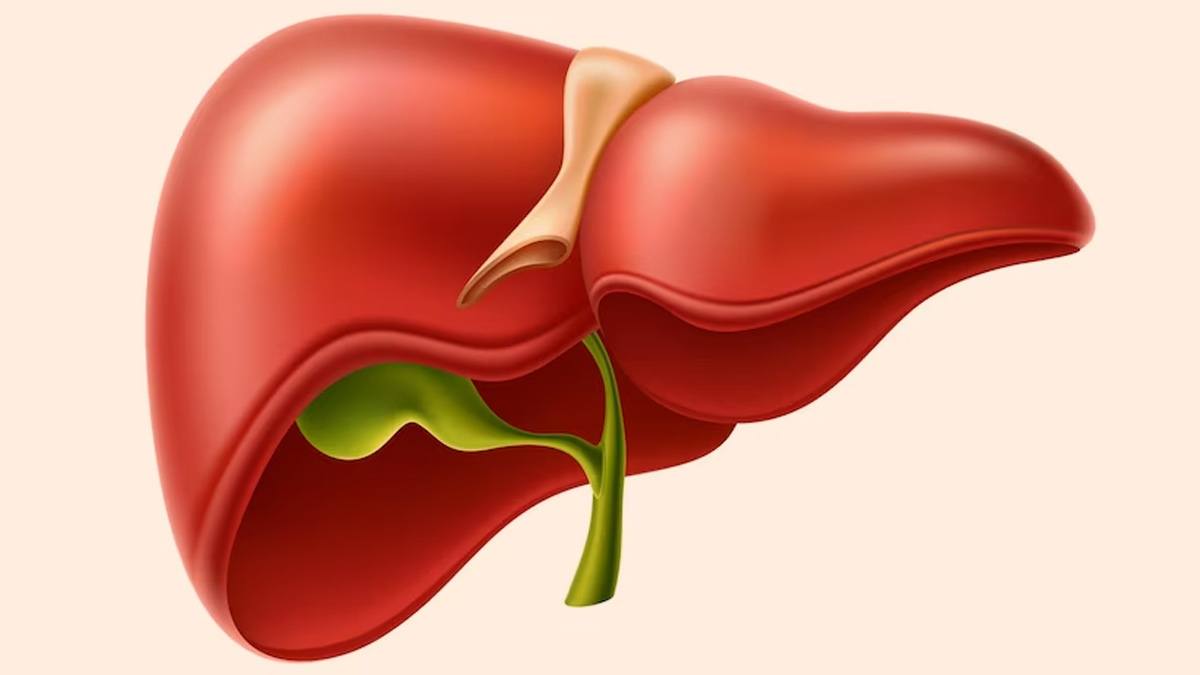
The complexity of the human body is difficult to understand, with each organ serving a unique purpose to ensure our overall well-being. Among these vital organs, the liver stands as a silent hero that performs countless metabolic processes to keep our bodies functioning optimally. But when the liver itself becomes the subject of abnormality, it gives rise to a condition known as hepatomegaly.
Table of Content:-
The liver acts as a chemical factory, performing tasks such as metabolising nutrients, detoxifying harmful substances, producing bile for digestion, storing vitamins and minerals, and regulating blood sugar levels. It is an essential organ that contributes significantly to our overall health and well-being. To know more about hepatomegaly, we reached out to Dr Gaurav Gupta, Senior Consultant & Chief Surgeon - Liver Transplant & HPB Surgery, Fortis Hospital, Mulund(Mumbai).
What Is Hepatomegaly?
Hepatomegaly, derived from the Greek words "hepar" (liver) and "megas" (enlargement), refers to the abnormal enlargement of the liver beyond its standard size and weight. This condition is not a disease in itself, but rather a manifestation of an underlying medical condition.
A healthy liver weighs about 3 pounds (1.3 kg), according to the Centres for Disease Control and Prevention. Hepatomegaly occurs when the size of the liver increases owing to a variety of reasons.

Causes of Hepatomegaly
Hepatomegaly can be caused by a multitude of factors, that includes:
- Viral infections such as hepatitis
- Alcohol abuse
- Fatty liver disease
- Certain medications
- Genetic disorders
- Autoimmune conditions
- Metabolic disorders
- Even heart failure
The liver's response to these underlying conditions is to increase in size, attempting to compensate for the disturbances and maintain its functionality.
Also read: 8 Tips To Avoid Fatty Liver Disease
Symptoms Of Hepatomegaly
Symptoms of hepatomegaly may include:
- Abdominal pain
- Fatigue
- Jaundice
- Nausea, and unintentional weight loss
In some cases, hepatomegaly may be entirely asymptomatic, making it challenging to diagnose without proper medical evaluation.
Diagnosis and Treatment
Upon suspicion of hepatomegaly, a healthcare professional may recommend a range of diagnostic tests. These tests can include blood work to assess liver function, imaging studies such as ultrasound, CT scans, or MRI, and sometimes a liver biopsy to determine the underlying cause of the enlargement.
Once the cause is identified, the treatment plan is to address the root cause while managing the symptoms. Treatment may involve lifestyle changes, medication, surgical interventions, or, in severe cases, liver transplantation.
Beyond Medical Intervention
While medical intervention is crucial for the management of hepatomegaly, it is equally important to emphasise preventative measures and lifestyle modifications. These may include maintaining a healthy diet, limiting alcohol consumption, avoiding exposure to harmful substances, regular exercise, and managing underlying health conditions. By adopting a holistic approach, individuals can significantly reduce the risk of hepatomegaly and its associated complications.
Also read: Irreversible Liver Damage: How Lifestyle Changes Could Be The Reason
Takeaway
With its intricate causes, diverse manifestations, and multifaceted diagnostic methods, hepatomegaly challenges doctors to unravel its mysteries. By deepening our understanding of this condition and embracing comprehensive approaches to prevention and treatment, we can strive towards promoting liver health and safeguarding the well-being of individuals around the globe.
Also watch this video
How we keep this article up to date:
We work with experts and keep a close eye on the latest in health and wellness. Whenever there is a new research or helpful information, we update our articles with accurate and useful advice.
Current Version